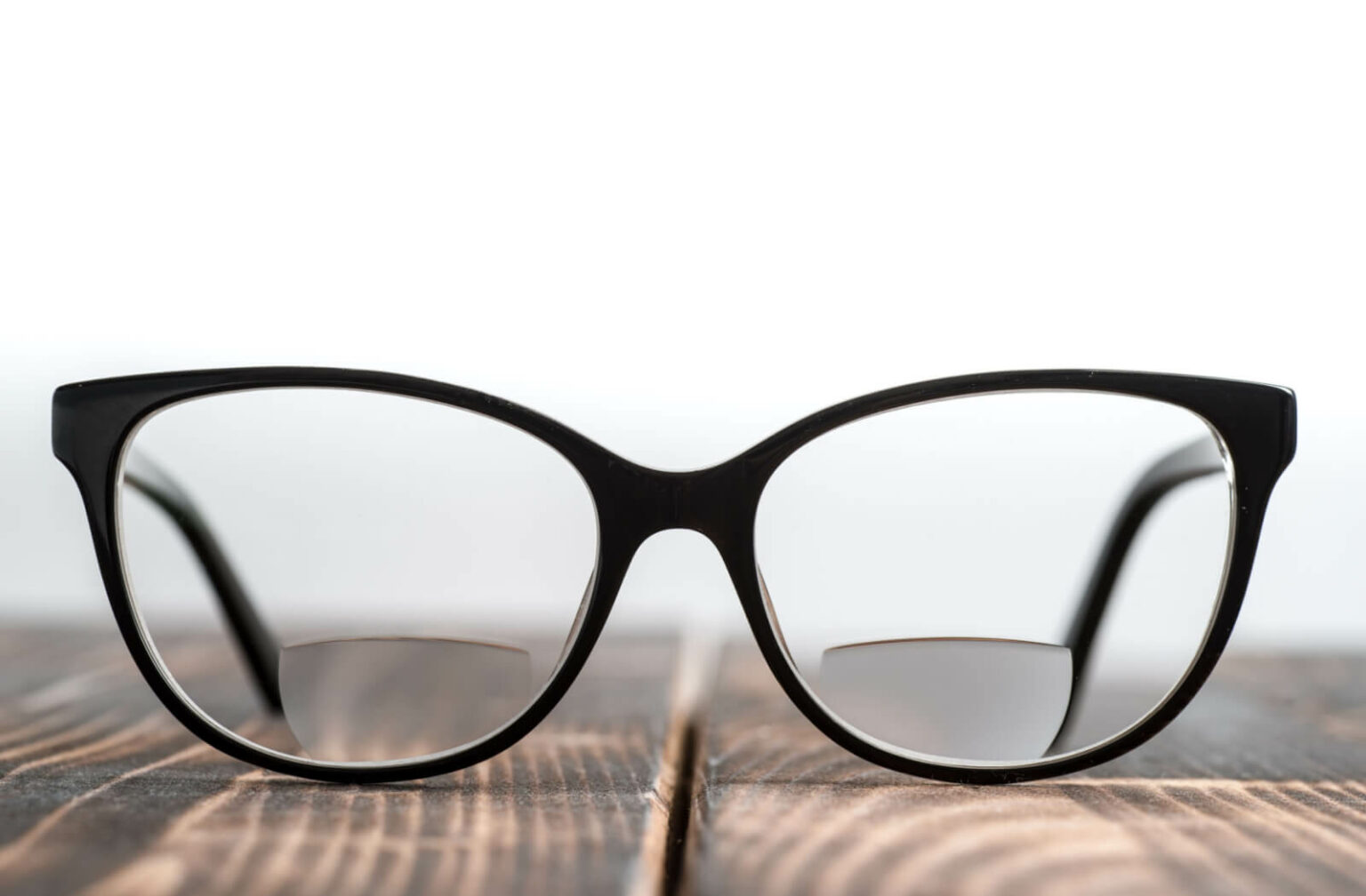What are the symptoms of presbyopia?
Presbyopia is a condition associated with aging that affects the eye’s ability to focus on close objects. Symptoms of presbyopia include:
- Difficulty Seeing Close Up: Trouble reading small print or seeing objects clearly at close range, such as when reading a book or using a smartphone.
- Need for More Light: Difficulty reading or performing close-up tasks in dim light, requiring more illumination than before.
- Eye Strain: Experiencing fatigue or strain in the eyes after doing close-up work for a period of time.
- Frequent Changes in Prescription: Regularly needing to update eyeglass or contact lens prescriptions for reading or close work.
- Holding Reading Material Further Away: Finding that holding reading materials further from the eyes helps improve clarity, a common adaptation to presbyopia.
These symptoms typically begin to manifest in individuals in their mid-40s and progress gradually with age.
What are the causes of presbyopia?
Presbyopia is primarily caused by the natural aging process of the eye. The key factors contributing to presbyopia include:
- Loss of Elasticity in the Lens: As people age, the lens of the eye becomes less flexible and less able to change shape, which impairs its ability to focus on close objects.
- Decreased Muscle Function: The ciliary muscles, which control the lens’s shape for focusing, also weaken over time, reducing their effectiveness.
- Changes in the Lens Structure: The lens may become stiffer and less transparent, making it harder to focus on near objects and reducing the eye’s ability to accommodate.
These age-related changes collectively affect the eye’s ability to focus on close-up tasks, leading to the symptoms associated with presbyopia.
What is the treatment for presbyopia?
The treatment for presbyopia focuses on improving near vision and can include:
- Reading Glasses: Simple, over-the-counter glasses designed specifically for reading or other close-up tasks. They are often used for activities that require focusing on close objects.
- Bifocal or Multifocal Glasses: Eyeglasses with multiple lens powers, allowing for correction of both near and distance vision in one pair of glasses. Bifocals have two distinct areas for near and distance vision, while multifocals provide a gradual change in lens power.
- Progressive Lenses: These are a type of multifocal lens that provides a smooth transition between near and distance vision, without visible lines on the lenses.
- Contact Lenses: Options include bifocal or multifocal contact lenses, which can offer improved vision for both near and far tasks. Monovision contact lenses, where one lens is set for distance and the other for near vision, are another option.
- Refractive Surgery: Procedures like LASIK or conductive keratoplasty (CK) can be considered for presbyopia, though they are less common. These surgeries aim to improve vision and reduce dependence on glasses or contacts.
- Accommodation Enhancing Lenses: Special lenses or implants designed to restore some of the eye’s focusing ability. These may be used in certain surgical procedures.
Regular eye exams with an ophthalmologist or optometrist can help determine the most suitable treatment option based on individual needs and preferences.

Leave a Reply
You must be logged in to post a comment.